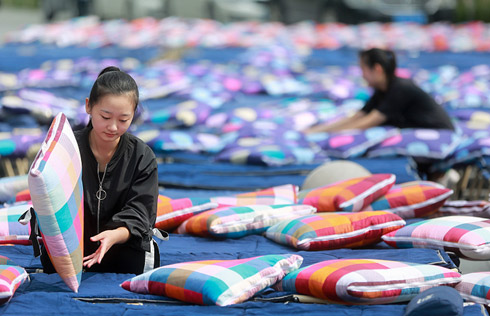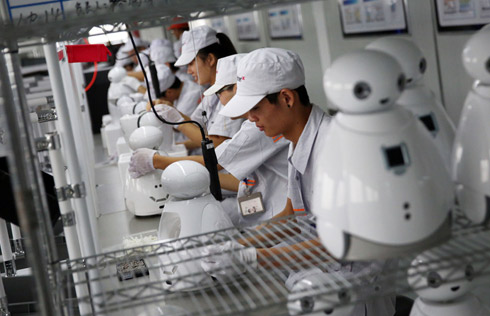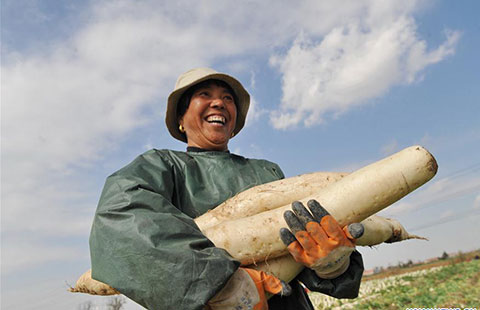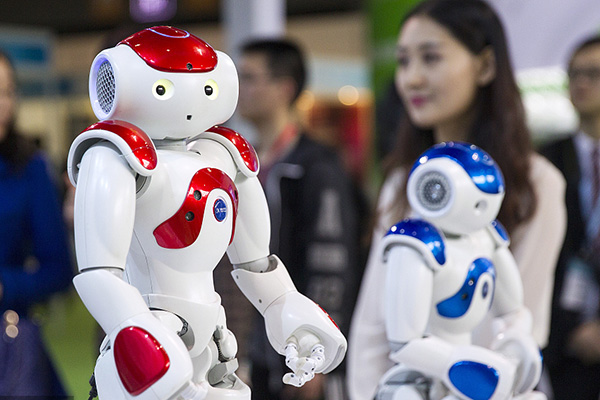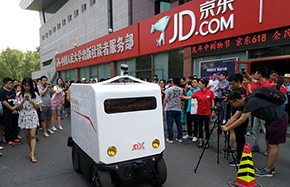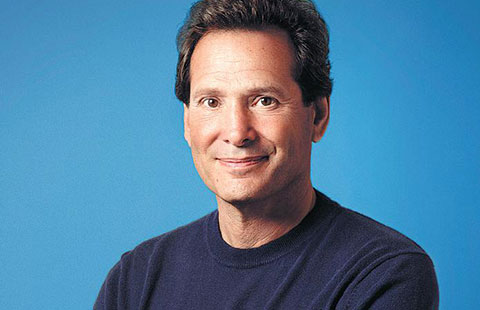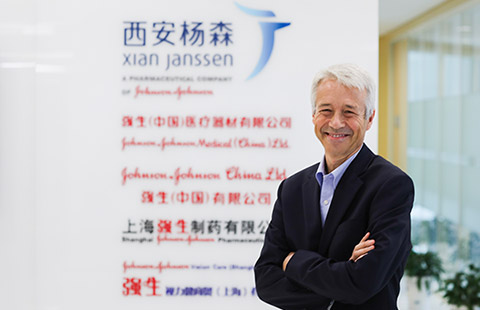High-tech cooperation in transportation gives wings to China-US trade ties
BEIJING — At a factory in Changchun, a city in Northeast China, state-of-the-art subway cars are being manufactured for Boston's orange line. When these are delivered in December, they will become the first Chinese subway cars to land in the US market.
The deal signed three years ago between their manufacturer, Changchun Railway Vehicles of China Railway Rolling Stock Corporation (CRRC), and the buyer, Massachusetts Bay Transportation Authority (MBTA), is a clear demonstration of the enhanced high-tech cooperation between China and the United States in recent years.
The CRRC holds the intellectual property rights to the carriages which have met the strict US standards in technology, localization and law, and can ensure passenger safety in case of trains colliding at a speed of 40 kilometers per hour.
"These 'next-generation vehicles' will be the backbone of our heavy rail fleet for many years to come," said Jerry Polcari, chief procurement officer for MBTA.
China today possesses the core technology for almost all advanced rail transportation equipment in the world, and the average cost of high-speed railways built by Chinese companies is about half of that by foreign counterparts, while the construction efficiency is much higher, said Ding Rongjun, an academician from the Chinese Academy of Engineering in Beijing.
Later, car parts will be manufactured in Springfield, Massachusetts, where a CRRC assembly factory was built in September 2015. It will start operating in 2018, creating at least 150 jobs.
Following the first order in Boston, CRRC bagged other contracts from other overseas markets including Chicago, Los Angeles, Philadelphia and London.
The CRRC case is just one example of China's fast-growing high-end manufacturing industry going places. China has made remarkable breakthroughs in cutting-edge technology innovation, and its high-end manufacturing industry, maintaining rapid growth, is eyeing overseas cooperation.
"China has advanced very much in its science and engineering side. It's been good, but getting better... It's very impressive, like no place else in the world," said C. D. Mote Jr., president of the US National Academy of Engineering. "So this (US-China) cooperation will be a great benefit not just to China, (and) the United States, but to the world."
New energy is another area where China and the United States have been increasing their cooperation.
Shanghai GM, a joint venture of China's SAIC Motor and US automaker General Motors, had announced its strategy of launching a new "Made in China" new energy vehicle (NEV) model every year from 2016 to 2020, with the range covering different hybrids and pure electric models.
US electric car maker Tesla was recently reported as holding talks with the Shanghai local government on the possibility of setting up a factory there to serve the Chinese market better.
Some foreign companies are planning to invest in China or adjust their businesses because they fancy the "blue ocean" of China's growing consumption, said Bai Ming, deputy director of the international market research department under China's Ministry of Commerce.
From January to September, 424,000 NEVs were made in China, a growth rate of 40.2 percent, according to data from the Ministry of Industry and Information Technology. The number of NEVs sold in this period was 398,000, indicating 37.7 percent growth.
The Chinese market growth is also exciting for US aerospace giant Boeing, as China's fleet size is expected to grow at a pace faster than the world average. Almost 20 percent of the global demand for new aircraft will be from airlines based in China, Boeing's annual China Current Market Outlook released in September said.
The plane maker set China's expected aircraft demand 6.3 percent higher than last year's forecast. More than 50 percent of all commercial jetliners operating in China are Boeings, according to the company.
China has a finger in the components of every current Boeing commercial plane. Over 9,000 Boeing aircraft fly around the world with China-built parts and components.
China's continuous economic growth, significant investment in infrastructure, growing middle class and evolving airline business models support Boeing's long-term outlook, said Randy Tinseth, vice president of marketing for Boeing Commercial Airplanes.
The scientific and technological cooperation between China and the United States dates back to 1979 when the China-US Science and Technology Cooperation Agreement was signed. Under the accord, the two countries have since reached nearly 50 inter-agency agreements and jointly supported thousands of cooperation programs.
China and the United States agreed to renew their wide-ranging ties in scientific and technological cooperation, according to an agreement in the action plan of the first China-US Social, People-to-People Dialogue held in Washington, D.C. On Sept 28.
With US President Donald Trump scheduled to visit China on Nov 8-10, his first state visit to China, it is anticipated that there will be further bilateral high-tech cooperation.






